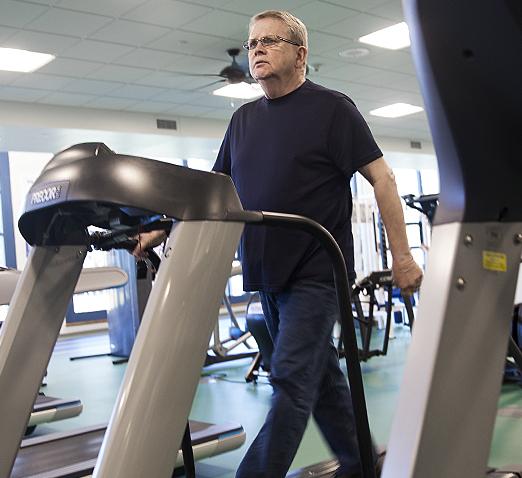
Two Duke Health research teams will participate in a new, $170 million national initiative to delve into the intricacies of how exercise improves health and prevents disease.
Combined, funding for the two projects the Duke teams will be involved in could total as much as $11 million over six years. The National Institutes of Health has announced the grants as part of its Molecular Transducers of Physical Activity in Humans project.
The work at Duke and elsewhere will contribute to an ambitious national effort to advance the understanding of wellness at the molecular level and ultimately shed light on disease prevention and treatment.
“We know that exercise improves health, but this is the first effort to develop a comprehensive map of the proteins, hormones, and other molecules that change as a result of physical activity,” said William E. Kraus, M.D., director of clinical translation at the Duke Molecular Physiology Institute and principal investigator of one of the Duke-led research projects. “We are eager to participate in this initiative, which we hope will help guide the field over the next 30 years.”
Kraus, along with colleagues at Wake Forest Baptist Medical Center, Wake Forest University, and East Carolina University, will lead one of the six clinical sites where healthy adults will be studied during and after exercise. The Duke/Wake Forest/ECU clinical site is projected to enroll about 450 people toward a national goal of 3,000 study participants.
The Duke-led team, with a grant of $5 million over six years, will focus on when and how various molecular changes associated with exercise revert back to baseline, providing a key insight that is currently not well understood.
A second Duke team will conduct the molecular profiles of samples from animals and humans participating in the study. This project, led by Christopher Newgard, Ph.D., director of the Duke Molecular Physiology Institute, will be coordinated through Harvard University and the Broad Institute of MIT and Harvard.
“Our group at Duke will be focused on analyzing ‘targeted’ metabolomics, which are precise, quantitative measurements of several hundred chemical components involved in key metabolic pathways,” Newgard said. He said the Harvard group will measure proteins and a complementary set of metabolites.
“Better understanding of the molecular architecture underlying beneficial effects of exercise may lead to strategies for more effective exercise training, and for drug mimetics of exercise that induce similar health benefit,” Newgard said.